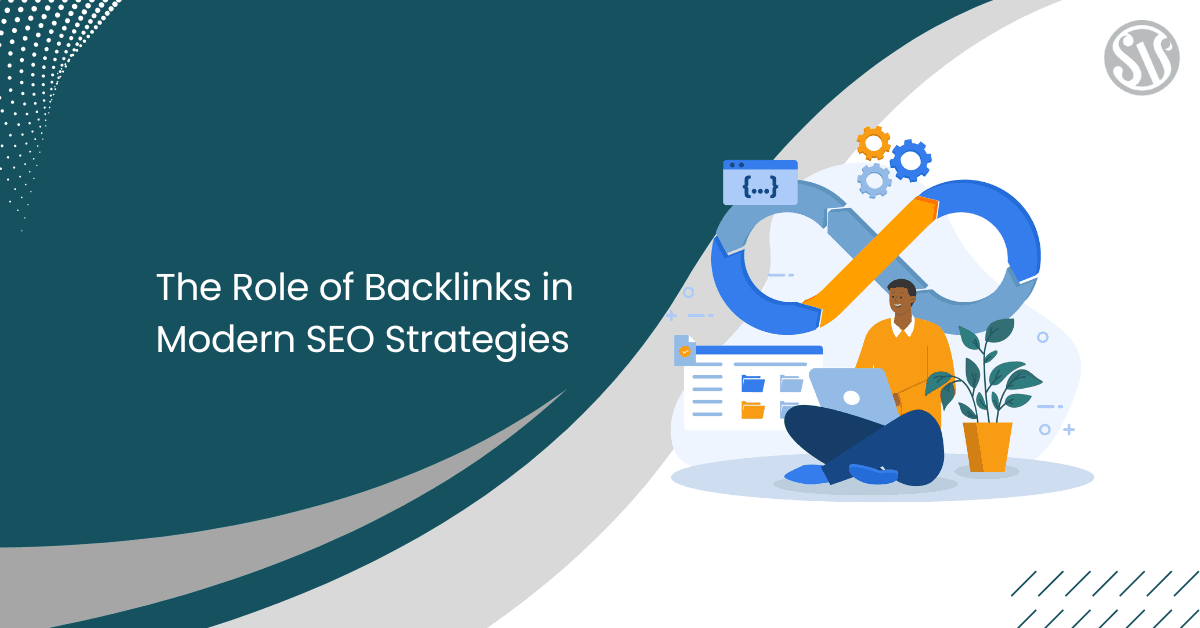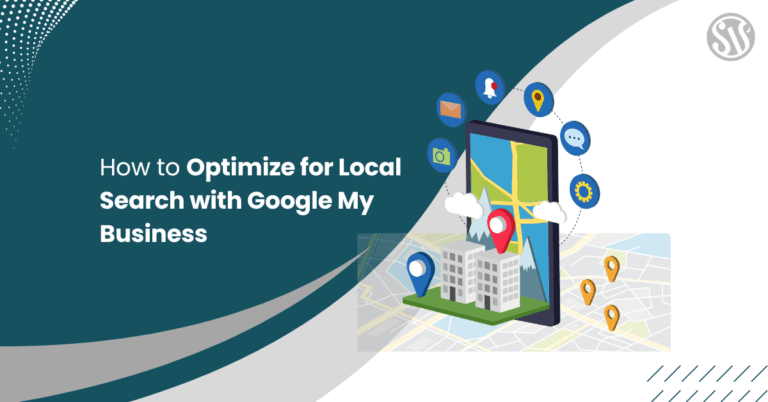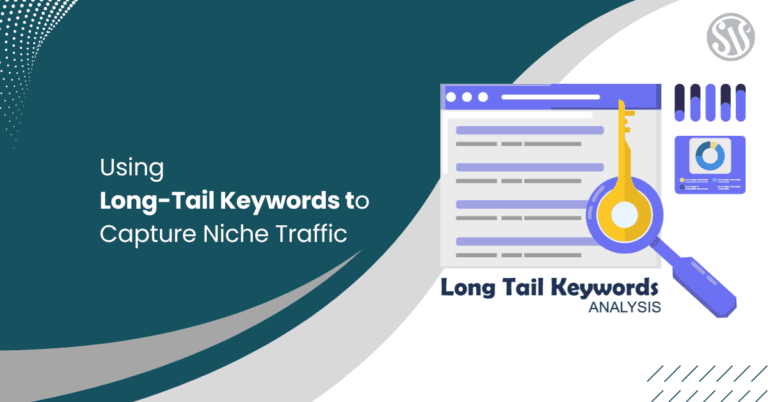The Role of Backlinks in Modern SEO Strategies
Backlinks are like online recommendations. When one website links to another, it’s as if they’re saying, “This site has good information.” Search engines, like Google, notice these links and think, “If many sites link to this page, it must be important.” This can help the linked site appear higher in search results.
However, not all backlinks are equal. Links from well-known, trustworthy websites are more valuable than those from less reputable sites. So, having a few high-quality backlinks is better than having many low-quality ones.
In modern SEO, backlinks remain crucial. They act as votes of confidence, signaling to search engines that your content is valuable and trustworthy. This can lead to better visibility and more visitors to your website.
Types of Backlinks and Their Significance in Modern SEO
Backlinks serve as votes of confidence in the online world and play a pivotal role in improving your site’s ranking. Here are the main types:
1. Dofollow vs. Nofollow Backlinks
- Dofollow Backlinks: These are standard links that allow search engines to follow them and pass on link juice. For example, if a popular blog links to your site with a dofollow link, it signals to search engines that your site is trustworthy and relevant.
- Nofollow Backlinks: These include a unique tag (rel=”nofollow”) that tells search engines not to follow the link or pass on link juice. Although they don’t directly boost rankings, nofollow links can drive traffic to your site. They’re often found in blog comments or forum posts.
2. Natural vs. Artificial Backlinks
- Natural Backlinks: These occur organically when other websites link to your content because they find it valuable. For example, a food blogger might link to your recipe because they tried it and loved it.
- Artificial Backlinks: These are created intentionally—through practices like buying links or participating in link exchanges. Search engines may view artificial backlinks negatively if they come from low-quality sites, which can hurt your site’s ranking.
3. Internal vs. External Backlinks
- Internal Backlinks: These links connect pages within the same website. For example, linking from your homepage to a blog post helps users navigate your site and assists search engines in understanding its structure.
- External Backlinks: Also known as outbound links, these connect your website to a different site. They add value by directing readers to relevant resources and demonstrating your connection to reputable sources.
4. Editorial vs. Non-Editorial Backlinks
- Editorial Backlinks: These are given naturally by other website owners or bloggers who find your content valuable and relevant. For instance, if a news article references your research and includes a link, it’s an editorial backlink. Such links are highly prized in SEO because they indicate authority and trust.
- Non-Editorial Backlinks: These are created by yourself, such as adding your site to directories, commenting on blogs with a link, or posting in forums. While they can drive traffic, they generally don’t carry as much weight as editorial links—especially if they come from less reputable sources.
Criteria for High-Quality Backlinks
High-quality backlinks are strong endorsements for your website. Here are key factors that define a valuable backlink:
- Authority: When a well-known and respected website links to yours, it’s like receiving a recommendation from an expert.
- Relevance: Links from sites that discuss topics similar to your own are more meaningful. For example, a cooking blog linking to your recipe is far more beneficial than an unrelated niche.
- Anchor Text: The clickable text of a link should include words related to your content, helping search engines better understand your page’s focus.
- Placement: Links within the main content area are more valuable than those tucked away in footers or sidebars since they’re more likely to be seen and clicked.
- Targeted Linking: Links that point directly to specific, relevant pages on your site are more effective than those that only link to your homepage.
By focusing on these factors, you can build a strong backlink profile that boosts your site’s visibility and credibility.
Effective Strategies for Building Backlinks in Modern SEO
Building strong backlinks is essential for improving your website’s search engine ranking. Here are some practical, easy-to-understand strategies:
1. Content Marketing
Creating valuable and engaging content encourages other websites to link to you. High-quality content, whether informative articles, entertaining videos, or helpful infographics, naturally attracts backlinks.
2. Guest Blogging
Write articles for reputable websites within your industry. Guest blogging helps you reach a broader audience and often allows you to include a link back to your own site, enhancing both traffic and authority.
3. Influencer Outreach
Connecting with influencers, people with a large following in your niche, can provide significant benefits. When influencers share your content, you gain quality backlinks and a broader reach.
4. Broken Link Building
Identify broken links on other websites and suggest your content as a replacement. Website owners appreciate this help fixing their issues, and you benefit from an additional backlink.
5. Competitor Backlink Analysis
Analyze where your competitors are obtaining their backlinks. This can uncover potential opportunities for your site. If a site links to a competitor, they might be interested in linking to you, especially if your content is equally valuable.
Monitoring and Managing Backlinks in Your SEO Strategy
Once you’ve built your backlinks, ongoing monitoring and management are crucial to ensure their quality and effectiveness. Consider these best practices:
- Regular Audits: Monitor your backlink profile using tools like Google Search Console, Ahrefs, or SEMrush. Regular audits help you identify valuable and potentially harmful links.
- Disavowing Low-Quality Links: If you find links from spammy or low-quality sites, consider using Google’s Disavow tool to avoid any negative impact on your SEO.
- Tracking Performance: Monitor how your backlinks influence your search engine rankings and overall traffic. Adjust your strategies based on which links are most effective.
- Staying Updated: The digital landscape is always evolving. Stay up to date with the latest SEO trends and algorithm updates to ensure your backlink strategy remains effective.
The Future of Backlinks in Modern SEO
As search engines become increasingly sophisticated, the emphasis on quality over quantity continues to grow. Here are some trends to watch:
- Evolving Algorithms: Search engines are continually refining their algorithms to assess the quality and relevance of backlinks better. Future updates will place even greater emphasis on natural, high-quality links.
- Content-First Strategies: The focus is shifting towards creating content that naturally attracts backlinks. Instead of pursuing links solely to boost SEO, prioritize genuinely valuable and shareable content.
- User Experience: With search engines placing more weight on user experience, backlinks that drive real engagement are more critical.
- Integrated Digital Marketing: Backlinks will increasingly be part of a broader, integrated digital marketing strategy that includes social media, content marketing, and influencer collaborations.
By staying informed and adapting to these trends, you can ensure your backlink strategy remains robust and effective in the long term.
Final Thoughts
Backlinks remain one of the cornerstone strategies in modern SEO. While the digital landscape evolves and search engine algorithms become more refined, the core principle holds that quality backlinks signal trust, relevance, and authority.
Invest in producing exceptional content, foster genuine relationships within your niche, and stay agile with your SEO tactics. With persistence and the right strategies, your website will be well-positioned for sustainable growth and success in the competitive online landscape.







